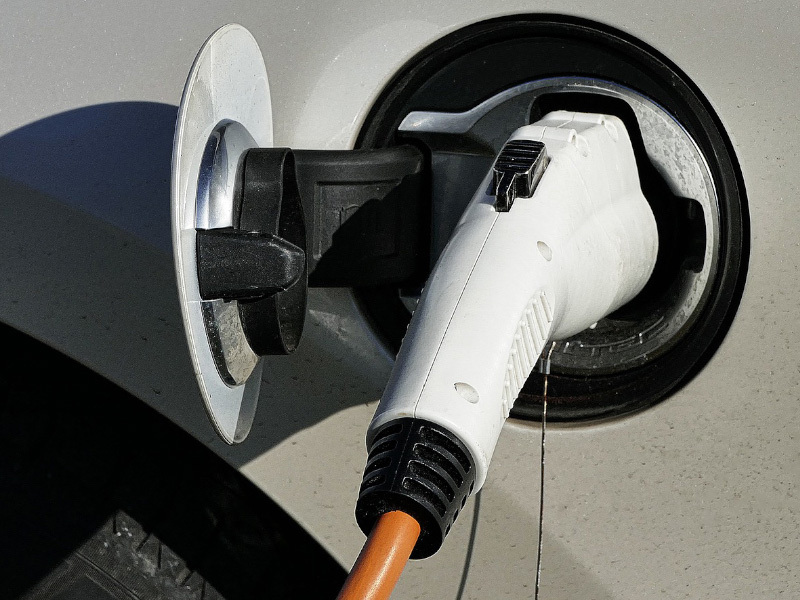Gap analysis of a zero-emission automotive industry
24010
2024
The automotive industry is undergoing a major transition to zero-emission vehicles to meet the goals of the European Climate Law. TML is conducting a gap analysis to advise policymakers on the conditions and steps needed to accelerate the shift to electric vehicles, offering practical recommendations on investments and regulations.
The automotive industry is going through one of its biggest changes ever. To meet the goals of the European Climate Law, the industry must quickly shift towards zero-emission vehicles (ZEVs) like electric cars. This change involves major adjustments in manufacturing, sales, and usage, as well as new government policies promoting the adoption of electric vehicles and reducing fossil fuel reliance.
To understand what is needed for the European car market to successfully transition to e-mobility, TML has carried out a gap analysis examining the challenges facing Europe’s transition to zero-emission vehicles. The analysis focused on two main areas:
Key Challenges:
Policy options:
To close these gaps, we need coordinated policy action across the four areas:
To summarise, achieving the 2035 zero-emission target requires immediate policy implementation in grid modernisation, infrastructure expansion, EV cost reduction, and secure supply chains. Coordinated EU action can accelerate ZEV adoption and support climate goals.
The automotive industry is going through one of its biggest changes ever. To meet the goals of the European Climate Law, the industry must quickly shift towards zero-emission vehicles (ZEVs) like electric cars. This change involves major adjustments in manufacturing, sales, and usage, as well as new government policies promoting the adoption of electric vehicles and reducing fossil fuel reliance.
To understand what is needed for the European car market to successfully transition to e-mobility, TML has carried out a gap analysis examining the challenges facing Europe’s transition to zero-emission vehicles. The analysis focused on two main areas:
- What conditions must be in place for Europe to achieve a successful shift to zero-emission vehicles by 2035?
- What key moments or “tipping points” will accelerate this shift, making electric vehicles more common?
Key Challenges:
- Electricity grid: Grid stress management, absence of a framework and sufficient infrastructure for smart (V1G) and bidirectional (V2G) charging, and integration difficulties with renewable energy.
- Affordability: High upfront costs and elevated public charging fees.
- Charging infrastructure: Shortages, especially in rural areas, and underdeveloped fast-charging and hydrogen refuelling networks.
- Battery supply chain: Heavy reliance on imported materials, high production costs due to high energy price, and insufficient recycling infrastructure.
Policy options:
To close these gaps, we need coordinated policy action across the four areas:
- Electricity grid: Invest in grid upgrades and incentivise bidirectional charging to handle EV demand.
- Affordability: Optimise financial incentives for entry-level ZEVs and harmonise public and private recharging tariffs.
- Charging infrastructure: Expand fast-charging infrastructure, set local and dynamic targets for public recharging infrastructure, facilitate private charging, and standardise recharging tech.
- Battery supply chain: Diversify material sources, enhance recycling, and promote cost-effective battery innovations.
To summarise, achieving the 2035 zero-emission target requires immediate policy implementation in grid modernisation, infrastructure expansion, EV cost reduction, and secure supply chains. Coordinated EU action can accelerate ZEV adoption and support climate goals.


